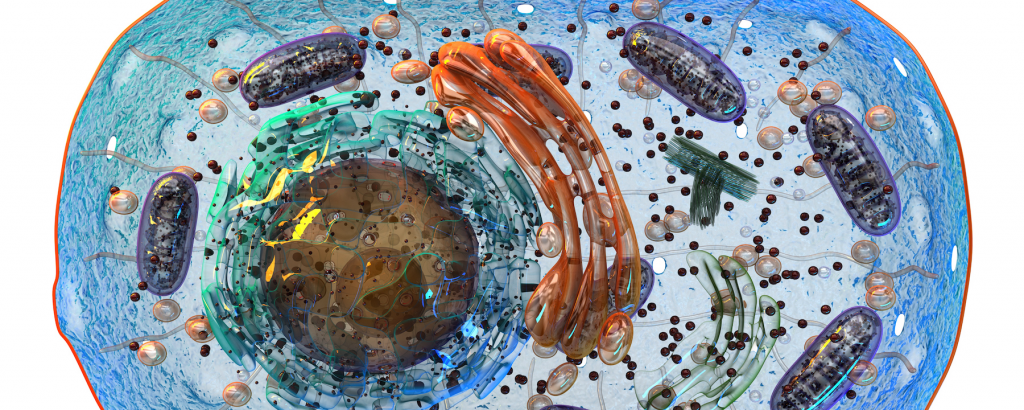For the first time, scientists have found that complex sugars called glycans may bind to some RNA molecules, according to a bioRxiv preprint published September 30. The findings could substantially alter the current perception of RNA’s function.
“There really is no framework in biology as we know it today that would explain how RNA and glycans could ever be in the same place at the same time, much less be connected to each other,” senior author Carolyn Bertozzi, a chemical biologist at Stanford University, tells The Scientist.
Bertozzi’s lab found the sugars attached to RNA while studying glycosylation, a reaction where sugar molecules are attached to proteins or other organic molecules, in a human cell line. Glycosylation has many functions, including helping proteins fold and cells adhere to one another, and is the mechanism behind different blood types. First author Ryan Flynn, a postdoc in Bertozzi’s lab, was trying to label glycoproteins when he spotted what seemed to be a glycan attached to RNA, a surprising finding that the researchers had never seen before. Further investigations determined that sugars called N-linked glycans were sticking to a subset of noncoding RNA molecules including small Y RNAs, which may have a role in DNA replication.
“It was a really weird discovery. At first we were skeptical. . . We tried to shoot it down in every way that we could think of, and it just kept holding up,” says Bertozzi.
They tried to separate out any proteins from the sample, but after a variety of treatments found that the sample was only sensitive to enzymes that cut up RNA. “We were kind of left with the answer that it was RNA,” Flynn tells The Scientist. Further research suggested that this RNA, which the researchers have termed glycoRNA, is also found in mouse and hamster cell cultures and in cells that were taken from living mice.
See “The RNA Age: A Primer”
The researchers don’t yet know how the RNA and the sugars are bound, because it was impossible to separate the two biopolymers except by using enzymes to digest either the RNA or the sugar. They believe the RNA and glycan “are somehow connected together through some linkage that is not a protein, or at least not a protein that’s recognized by a protease,” says Bertozzi, adding that the connection could be formed directly by covalent bonds.
RNA is normally found only in the nucleus and cytosol of cells, while glycosylation is thought to occur in the endoplasmic reticulum and Golgi bodies. For the two biopolymers to be found together, either RNA or glycans must enter one of these cell compartments in a way that was previously undetected, or there may be a molecule that acts as a go-between. “Whatever it is, it’s a completely unknown biology,” says Bertozzi.
Many of the glycoRNAs that were observed are known to contain RNAs that antibodies bind to in autoimmune conditions such as lupus. It is currently unknown why these RNAs might provoke an immune response….







